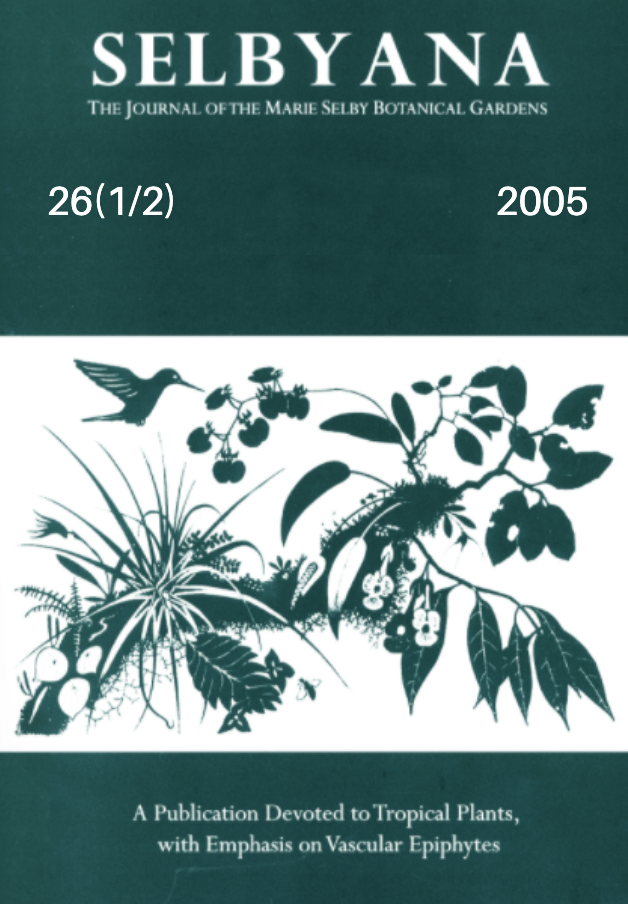Abstract
TWO cypripedioid orchid genera, Paphiopedilum and Phragmipedium, are listed in Appendix I of CITES and are restricted from international trade. Because of their morphological similarity to other genera, however, they may be disguised as belonging to one of the other cypripedioids listed along with other orchids in Appendix II of CITES. Sequence analysis was performed on the internal transcribed spacer region (ITS) of ribosomal DNA of cypripedioid orchids to develop a molecular marker system capable of discriminating among rare species in trade. Molecular analyses concentrated on rare cypripedioid orchids from the genera Paphiopedilum and Phragmipedium, which are known to be poached from the wild and smuggled across international borders disguised as common species. A total of 48 taxa representing two genera (Paphiopedilum, N = 43; Phragmipedium, N = 5) have been sequenced and compared for distinctiveness. Phylogenetic analyses clearly distinguish between these two genera and among other cypripedioid genera, with 5-10 fixed nucleotide differences reported between genera. Within a genus, sections of closely related taxa are recoverable in phylogenetic analyses, in most cases, with low sequence divergence within sections. ITS sequences available in GenBank have been aligned with data generated for this project, resulting in a comprehensive sequence library of 151 sequences representing all genera of cypripedioid orchids: 70 Paphiopedilum taxa, 16 Phragmipedium taxa, and 14 Cypripedium taxa, as well as representatives from Selenipedium and the monotypic genus Mexipedium (Phragmipedium) xerophyticum. Additionally, several organelle intron regions have been screened for variation among genera and species. Both the chloroplast trnS-M and the mitochondrial NAD1 intron regions, which varied between genera in nucleotide substitutions and indels, hold promise for increasing ability to distinguish between these orchids. The set of DNA markers examined for this project are diagnostic of these genera, appear to be robust, and are suitable for rapid assay to avoid unnecessary complication in the legitimate trade of orchids listed in CITES Appendix II.
Open Access and Copyright Notice
Selbyana is committed to real and immediate open access for academic work. All of Selbyana's articles and reviews are free to access immediately upon publication. There are no author charges (APCs) prior to publication, and no charges for readers to download articles and reviews for their own scholarly use. To facilitate this, Selbyana depends on the financial backing of the Marie Selby Botanical Gardens, the hard work and dedication of its editorial team and advisory board, and the continuing support of its network of peer reviewers and partner institutions.
Authors are free to choose which open license they would like to use for their work. Our default license is the Creative Commons Attribution-NonCommercial 4.0 (CC BY-NC 4.0). While Selbyana’s articles can be copied by anyone for noncommercial purposes if proper credit is given, all materials are published under an open-access license with authors retaining full and permanent ownership of their work. The author grants Selbyana a perpetual, non-exclusive right to publish the work and to include it in other aggregations and indexes to achieve broader impact and visibility.
Authors are responsible for and required to ascertain that they are in possession of image rights for any and all photographs, illustrations, and figures included in their work or to obtain publication or reproduction rights from the rights holders. Contents of the journal will be registered with the Directory of Open Access Journals and similar repositories. Authors are encouraged to store their work elsewhere, for instance in institutional repositories or personal websites, including commercial sites such as academia.edu, to increase circulation (see The Effects of Open Access).
